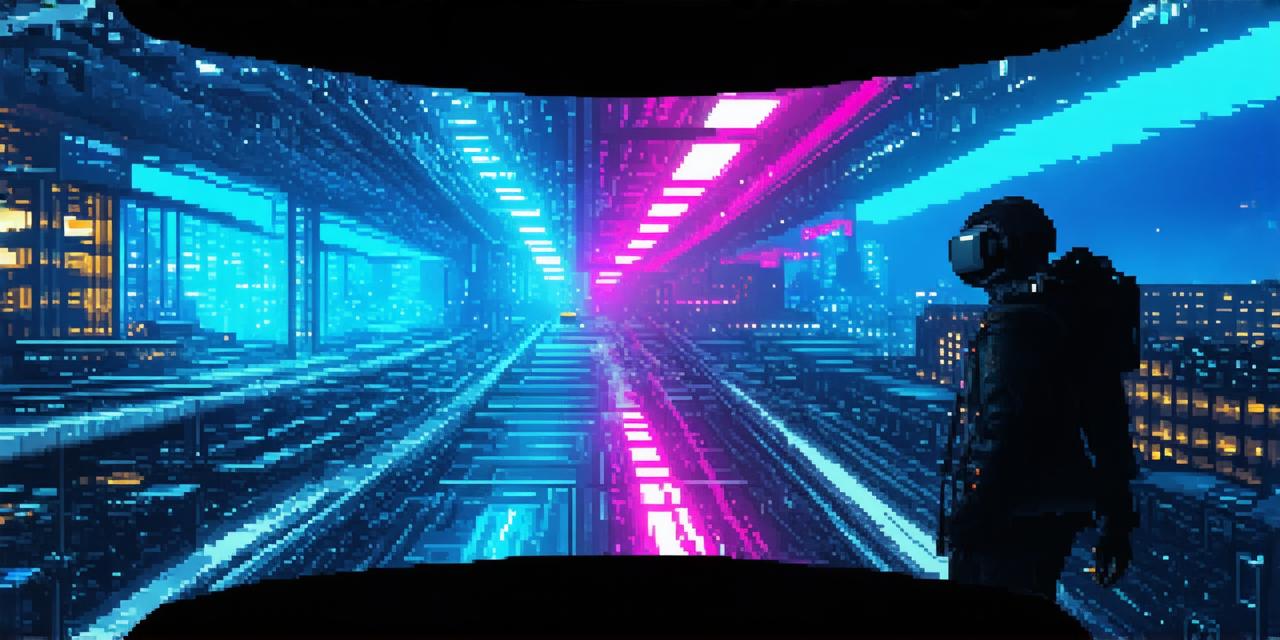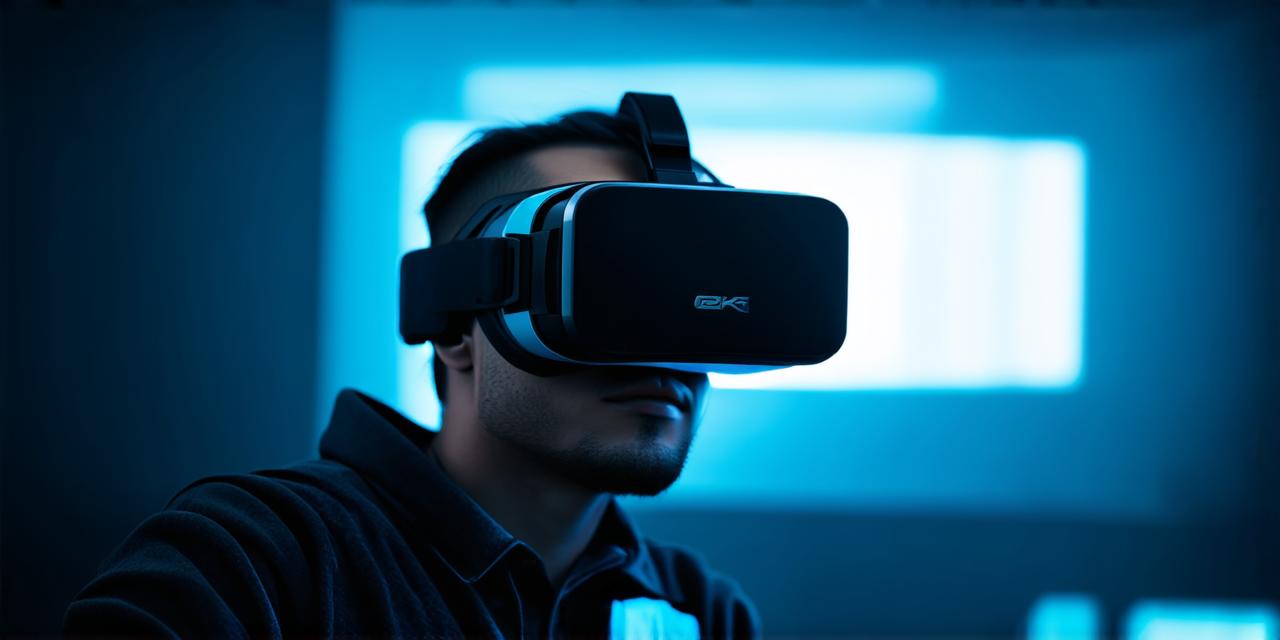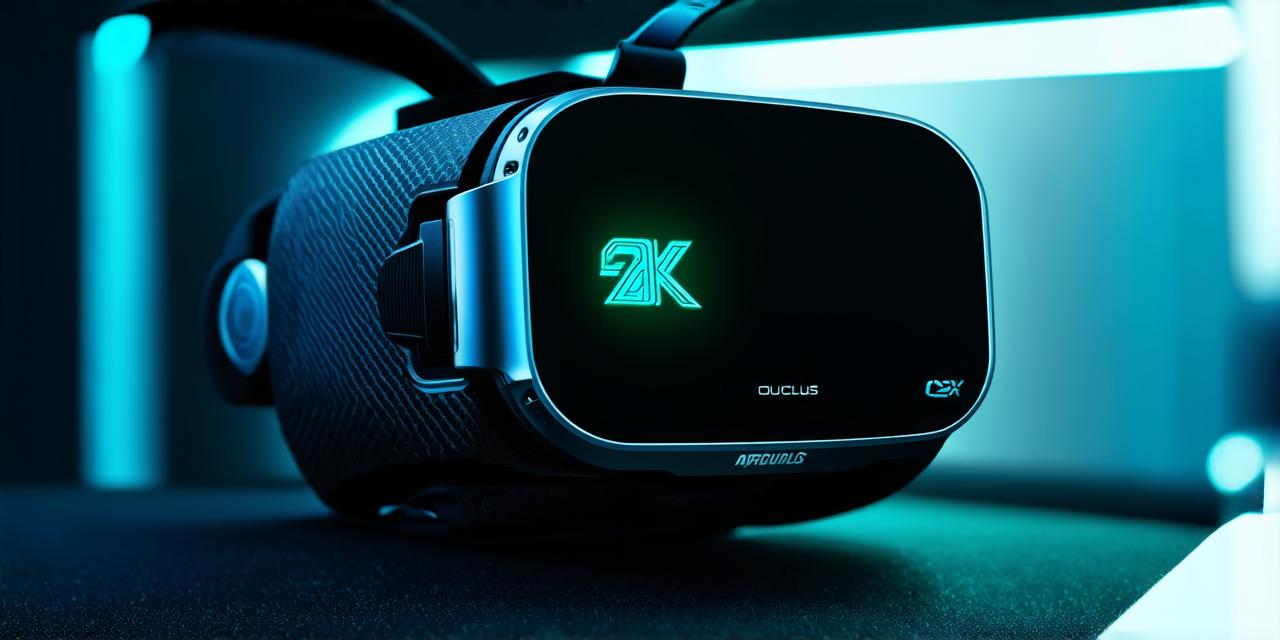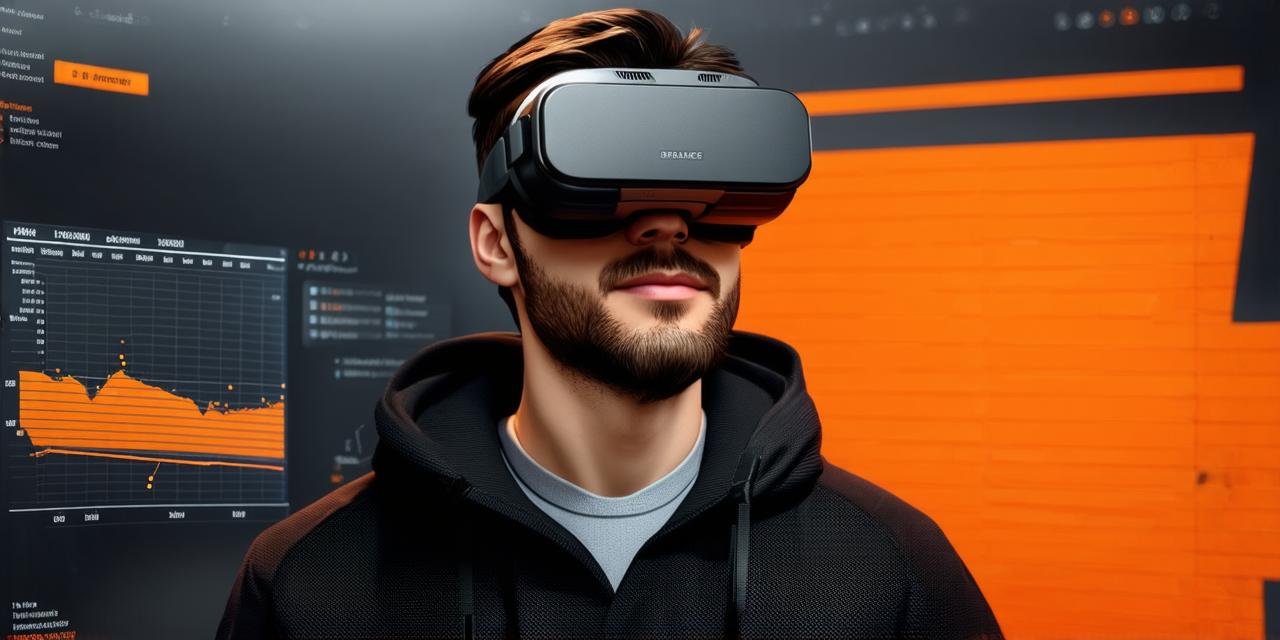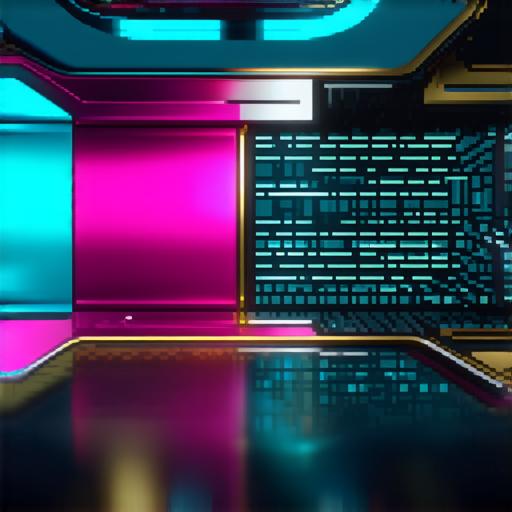
What is Virtual Reality?
Virtual reality refers to a computer-generated simulated environment that immerses users in a 3D world. This technology allows users to interact with the virtual environment as if it were real, and can be used for a wide range of applications, including gaming, education, training, and even therapy. VR is achieved through a combination of hardware and software, which work together to create an immersive experience for the user.
The History of Virtual Reality
Virtual reality has its roots in the early days of computing, with pioneers like Ivan Sutherland’s Sketchpad (1963) and Michael Noll’s Head-Mounted Display (1968). However, it wasn’t until the 1990s that VR technology began to gain widespread attention. The development of affordable consumer hardware, such as the Oculus Rift and HTC Vive, has made it possible for anyone with a computer and internet connection to experience virtual reality.
The Key Components of Virtual Reality
Virtual reality is achieved through a combination of hardware and software. The key components of VR include:
- Head-Mounted Display (HMD): This device sits on the user’s head and displays the virtual environment.
- Motion Controllers: These devices track the user’s movements and translate them into actions within the virtual environment.
- Computer: A powerful computer is needed to generate the 3D graphics and run the software that powers the virtual environment.
- Internet Connection: An internet connection is required to download and update the software, as well as to connect with other users in multiplayer games.
Software
VR applications are built using game engines such as Unity or Unreal Engine. These engines provide tools for creating and managing 3D assets, handling user input, and rendering the virtual environment.
How Virtual Reality Works
Virtual reality works by simulating a 3D environment in real-time and presenting it to the user through the HMD. The software generates a 360-degree view of the virtual environment, which is then rendered by the computer and projected onto the screens of the HMD. The motion controllers track the user’s movements and translate them into actions within the virtual environment, such as moving or pointing.
The Immersive Experience of Virtual Reality
Virtual reality provides an incredibly immersive experience for users. By putting on the HMD and holding the motion controllers, users can feel like they are truly in the virtual world. This has made VR a popular choice for gaming, where users can immerse themselves in a completely new world and interact with it in ways that would be impossible in real life. However, VR can also be used for a wide range of other applications, such as education, training, and therapy.
Virtual Reality vs Augmented Reality
Virtual reality and augmented reality are two related technologies that have some similarities, but they are also quite different. Virtual reality is a fully immersive experience in which the user is completely removed from their physical environment and placed in a virtual world. Augmented reality, on the other hand, adds digital elements to the real world. AR allows users to view their physical surroundings with an overlay of digital information, such as 3D models or animations.
One key difference between VR and AR is that VR requires the use of specialized hardware, such as an HMD, while AR can be experienced on a regular computer or mobile device using a web browser or app. Additionally, VR typically involves a more complete immersion in a virtual world, while AR is focused on enhancing the user’s experience of their physical environment.
Virtual Reality in AR Development
Virtual reality can be used as a tool for AR development by allowing developers to create and test immersive experiences that can be viewed through an HMD. This can help to create more engaging and interactive experiences for users, as well as allowing developers to test and iterate on their ideas in a virtual environment before releasing them to the public.
Conclusion
Virtual reality is a powerful tool for creating immersive experiences that can be used for a wide range of applications. The key components of VR include specialized hardware, such as an HMD, as well as software tools for creating and managing 3D assets, handling user input, and rendering the virtual environment. While VR and AR are related technologies, they have some key differences, with VR being a fully immersive experience in which the user is completely removed from their physical environment, while AR adds digital elements to the real world. Virtual reality can also be used as a tool for AR development, allowing developers to create and test immersive experiences that can be viewed through an HMD.
